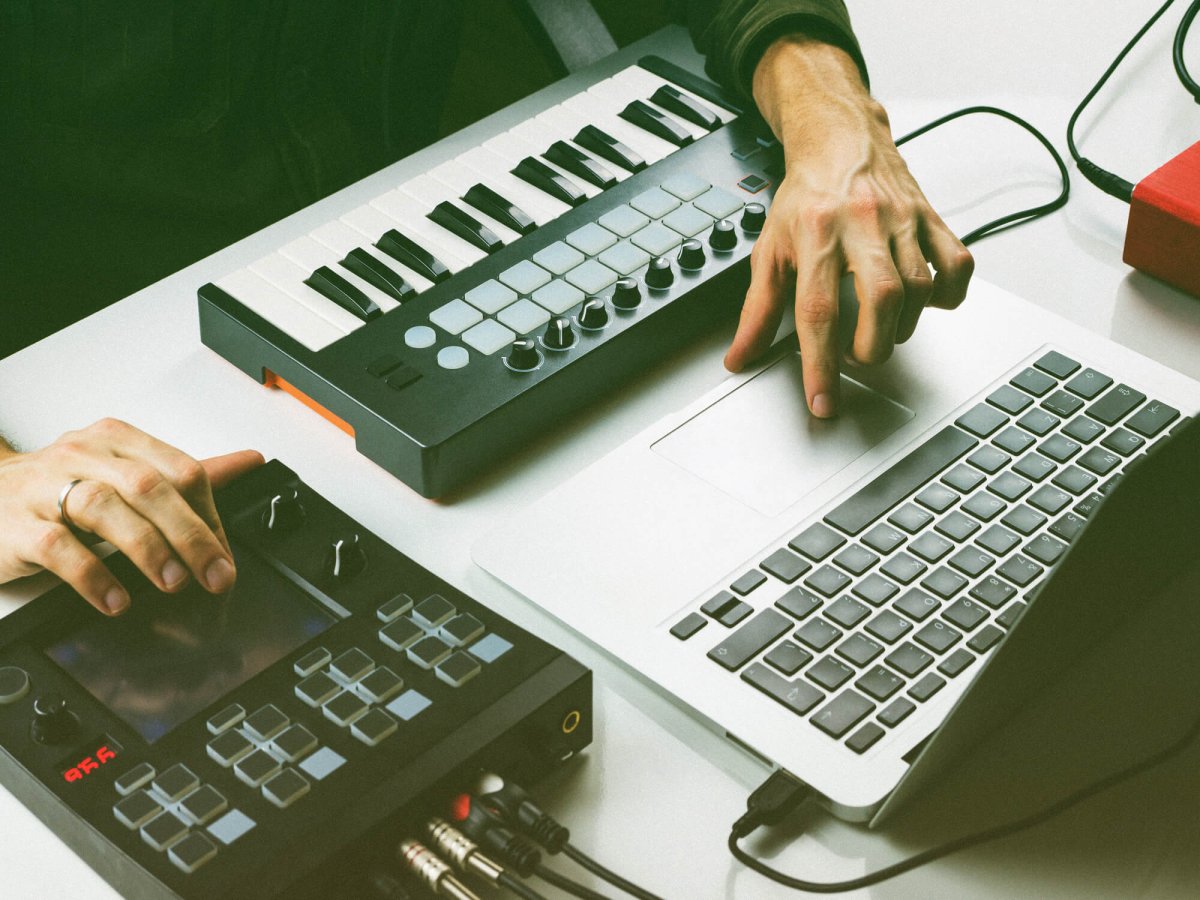The Impact of Technology on Music Production: A Harmonious Evolution
Introduction:
In the ever-evolving landscape of the music industry, one constant force propelling change is technology. From the early days of analog recording to the current era of digital dominance, technology has significantly shaped how music is produced, recorded, and consumed. This article explores the profound impact of technology on music production, uncovering key innovations and their influence on artists, producers, and listeners.
1. Digital Audio Workstations (DAWs):
The advent of Digital Audio Workstations marked a monumental shift in music production. Platforms like Ableton Live, Pro Tools, and Logic Pro have empowered artists to create, edit, and arrange music seamlessly. The intuitive interfaces of DAWs allow for greater experimentation and flexibility in composing, recording, and mixing.
Sources:
– Tschmuck, P., Pearce, P., & Campbell, S. (Eds.). (2017). Music Business and the Experience Economy: The Australasian Case. Springer.
– Hepworth-Sawyer, R., & Hodgson, J. (2016). Mixing Music. CRC Press.
2. Virtual Instruments and Synthesis:
The integration of virtual instruments and synthesis has expanded the sonic palette available to musicians. With software synthesizers and sample libraries, artists can access a vast range of sounds, from classic analog tones to entirely new, experimental textures. This has democratized music production, allowing even those without access to physical instruments to create professional-sounding tracks.
Sources:
– Holmes, T. B. (2008). Electronic and Experimental Music: Technology, Music, and Culture. Routledge.
– Collins, N. (2018). Electronic Music. Cambridge University Press.
3. Auto-Tune and Vocal Processing:
Auto-Tune, initially designed for pitch correction, revolutionized vocal processing. Beyond its corrective function, artists like T-Pain embraced Auto-Tune as a stylistic element, giving rise to a new era of electronically manipulated vocals. This technology has not only shaped popular music but has also become a signature sound in various genres.
Sources:
– Katz, M. (2015). Capturing Sound: How Technology Has Changed Music. University of California Press.
– Zak, A. J. (2010). I Don’t Sound Like Nobody: Remaking Music in 1950s America. University of Michigan Press.
4. Online Collaboration and Distribution:
The rise of the internet has transformed collaboration and distribution within the music industry. Musicians can now collaborate seamlessly across the globe, sharing project files and ideas in real-time. Additionally, online platforms like Spotify, SoundCloud, and Bandcamp have changed how music is distributed and consumed, providing artists with unprecedented access to global audiences.
Sources:
– Hesmondhalgh, D., & Baker, S. (2015). Creative Labour: Media Work in Three Cultural Industries. Routledge.
– Wikström, P. (2013). The Music Industry: Music in the Cloud. Polity.
Conclusion:
As technology continues to advance, the landscape of music production will undoubtedly undergo further transformations. The innovations discussed here represent just a snapshot of the ongoing evolution in the realm of music technology. With each breakthrough, artists are empowered to push creative boundaries, ensuring that the harmonious relationship between technology and music will endure.


